The orbiter has been snapping pictures of the Red Planet since 2006.
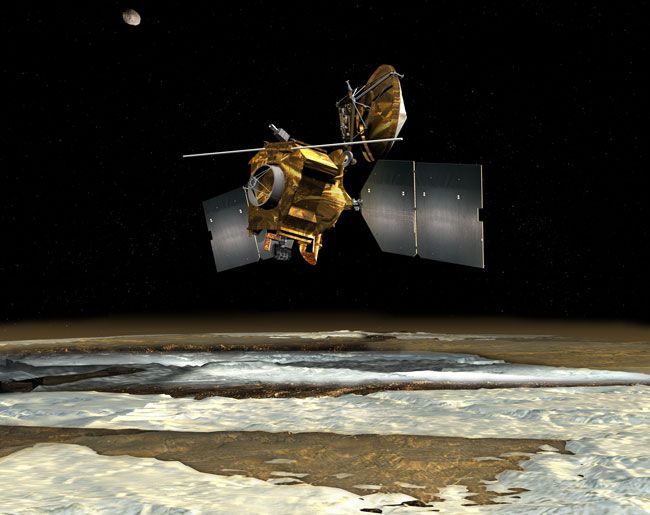


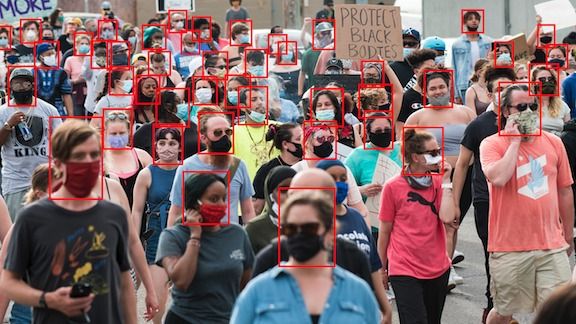
Last week, I wrote about the diversity problem in AI and why we need to fix it. I asked you to tell us about your experiences as a Black person in AI or share the names of Black colleagues you admire. Thank you to everyone who responded. It was heart-warming to hear from so many of you.
Many of you shared your frustration with the lack of mentors who understand your challenges, the alienation of being the only Black face at professional meetings, and the struggle to overcome economic and social inequalities. Black women, especially, wrote about the difficulties of building a career in AI. Some of you described your efforts to support Black people in science and technology and provide tech resources to underserved communities. Thank you for sharing with us your dreams and also your disappointments.
We will feature some of your stories in our Working AI blog series. Please stay tuned.

The formation of the Sun, the Solar System and the subsequent emergence of life on Earth may be a consequence of a collision between our galaxy, the Milky Way, and a smaller galaxy called Sagittarius, discovered in the 1990s to be orbiting our galactic home.
Astronomers have known that Sagittarius repeatedly smashes through the Milky Way’s disc, as its orbit around the galaxy’s core tightens as a result of gravitational forces. Previous studies suggested that Sagittarius, a so called dwarf galaxy, had had a profound effect on how stars move in the Milky Way. Some even claim that the 10 000 times more massive Milky Way’s trademark spiral structure might be a result of the at least three known crashes with Sagittarius over the past six billion years.
A new study, based on data gathered by ESA’s galaxy mapping powerhouse Gaia, revealed for the first time that the influence of Sagittarius on the Milky Way may be even more substantial. The ripples caused by the collisions seem to have triggered major star formation episodes, one of which roughly coincided with the time of the formation of the Sun some 4.7 billion years ago.
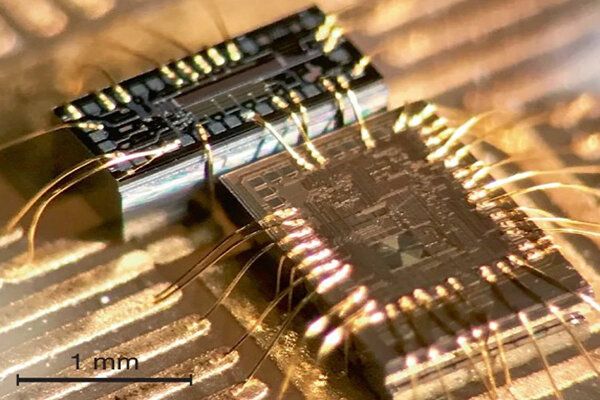
Many emerging technologies rely on high-quality lasers. Laser-based LiDAR sensors can provide highly accurate scans of three-dimensional spaces, and as such are crucial in applications ranging from autonomous vehicles to geological mapping technologies and emergency response systems. High-quality lasers are also a key part of the high-speed, high-volume data centers that are the backbone of the internet.
When assessing the quality of a laser, researchers look to the noise in a laser’s frequency, or the number of times the laser’s light wave toggles in each second. Low-quality, “noisy” lasers have more random variations in those toggles, making them useless for systems that are meant to return accurate measurements or convey densely packed information.
At present, lasers with adequately low frequency noise are bulky, expensive and an impractical choice for mass manufacturing. Penn Engineers have set out to solve this problem with a device called a “phase noise filter” that can turn low-cost, compact lasers into those suitable for LiDAR and more.
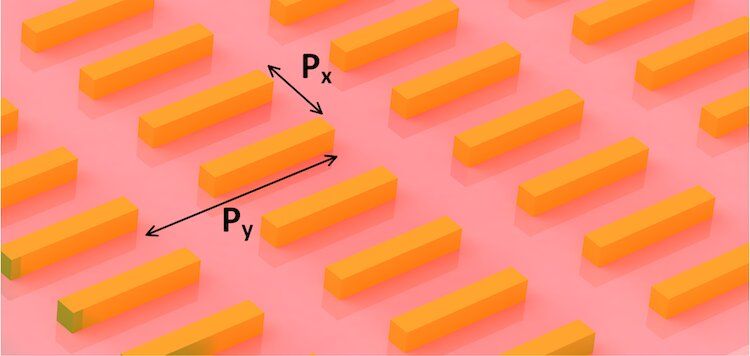
Metamaterials, which are engineered to have properties not found in nature, have long been developed and studied because of their unique features and exciting applications. However, the physics behind their thermal emission properties have remained unclear to researchers—until now.
In a paper published in Physical Review Letters, Sheng Shen, an associate professor in Carnegie Mellon’s department of mechanical engineering, and his student Jiayu Li, a Ph.D. candidate, have created a new scale law to describe the thermal emission from metasurfaces and metamaterials.
“With this new scale law uncovering the underlying physics behind the collective thermal emission behavior of metamaterials, researchers could easily utilize existing design and optimization tools to achieve desired thermal emission properties from metamaterials, instead of blindly searching for the best solution through mapping the entire design space,” Li said.
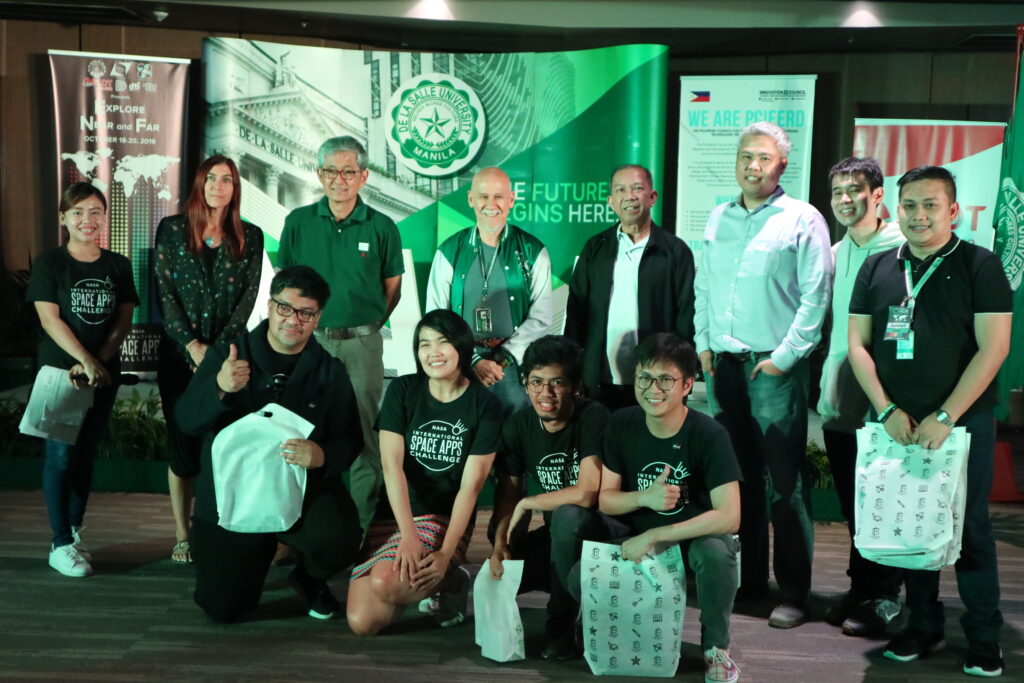
MANILA, Philippines — A dengue case forecasting system using space data made by Philippine developers won the 2019 National Aeronautics and Space Administration’s International Space Apps Challenge. Over 29,000 participating globally in 71 countries, this solution made it as one of the six winners in the best use of data, the solution that best makes space data accessible, or leverages it to a unique application.
Dengue fever is a viral, infectious tropical disease spread primarily by Aedes aegypti female mosquitoes. With 271,480 cases resulting in 1,107 deaths reported from January 1 to August 31, 2019 by the World Health Organization, Dominic Vincent D. Ligot, Mark Toledo, Frances Claire Tayco, and Jansen Dumaliang Lopez from CirroLytix developed a forecasting model of dengue cases using climate and digital data, and pinpointing possible hotspots from satellite data.
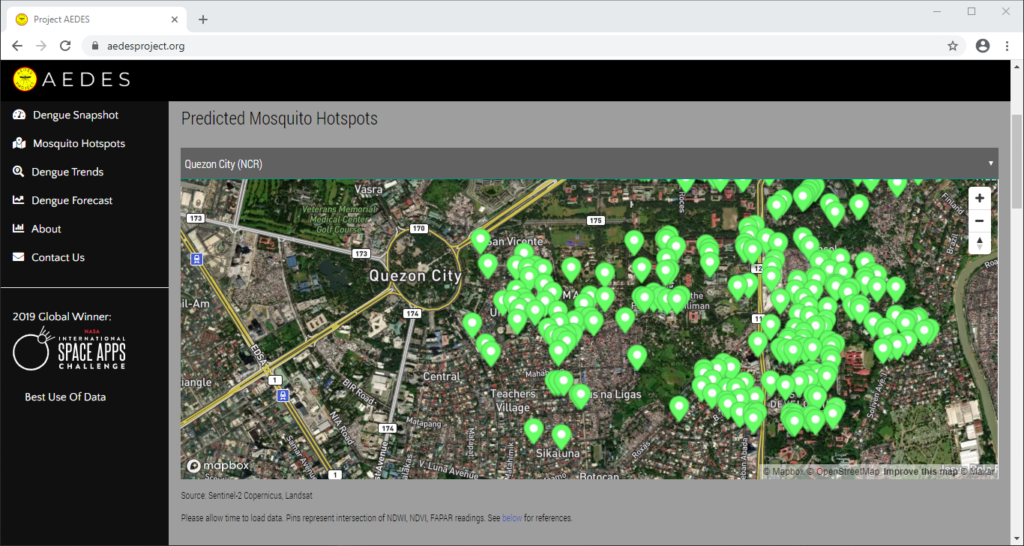
Correlating information from Sentinel-2 Copernicus and Landsat 8 satellites, climate data from the Philippine Atmospheric, Geophysical and Astronomical Services Administration of the Department of Science and Technology (DOST-PAGASA) and trends from Google search engines, potential dengue hotspots will be shown in a web interface.
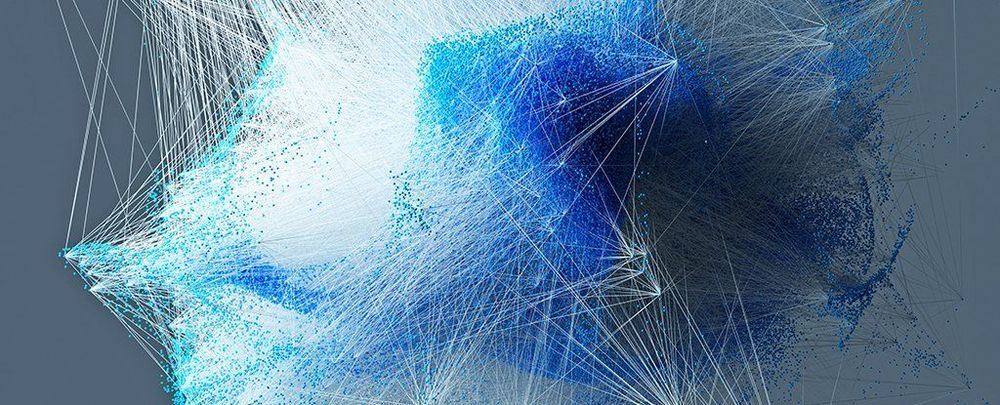
Much of the work undertaken by artificial intelligence involves a training process known as machine learning, where AI gets better at a task such as recognising a cat or mapping a route the more it does it. Now that same technique is being use to create new AI systems, without any human intervention.
For years, engineers at Google have been working on a freakishly smart machine learning system known as the AutoML system (or automatic machine learning system), which is already capable of creating AI that outperforms anything we’ve made.
Now, researchers have tweaked it to incorporate concepts of Darwinian evolution and shown it can build AI programs that continue to improve upon themselves faster than they would if humans were doing the coding.
